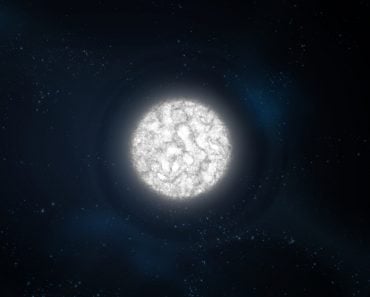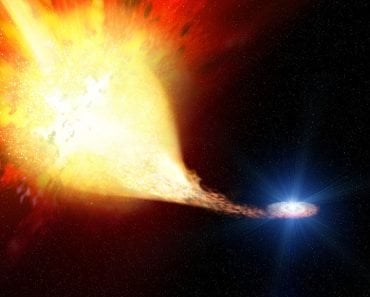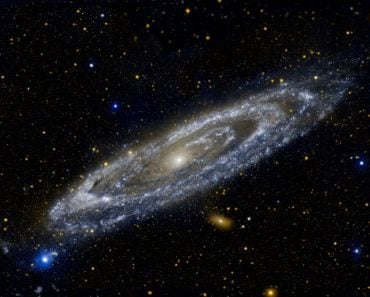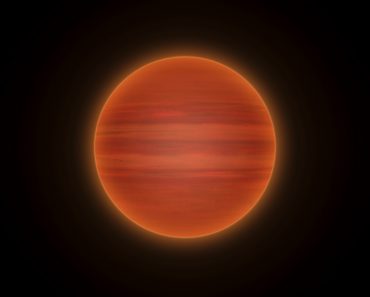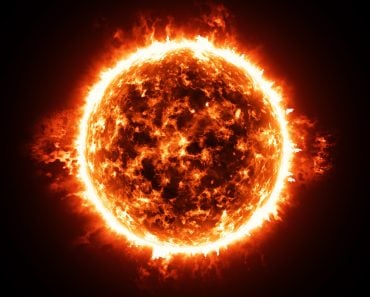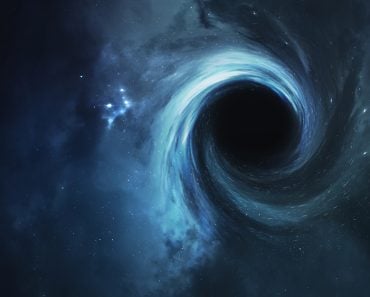Undergoing a Supernova is one of the ways through which a star ends its life, but other ways include forming Black holes, neutron stars and white dwarfs.
In our vast universe, stars follow a common path in life: they’re born, shine throughout their lives, and often end in a massive explosion known as a supernova. Supernovae, AKA the explosions, are several billion times brighter than the Sun, but not all stars conform to this energetic and dramatic end. Some massive stars, even those much larger than our Sun, will quietly vanish without any explosion, possibly leaving behind black holes instead. This peculiar phenomenon has puzzled astronomers and offered a deeper understanding of the complex lives and deaths of stars.
Recommended Video for you:
Introduction: The Expected Supernova
According to the standard theory, stars with more than eight times the mass of our Sun are supposed to bid farewell to existence with a grand supernova. These massive stars begin as hot, bright, blue giants, generating energy through nuclear reactions. This energy keeps them stable, maintaining a balance between the outward gas pressure and the inward pull of gravity.
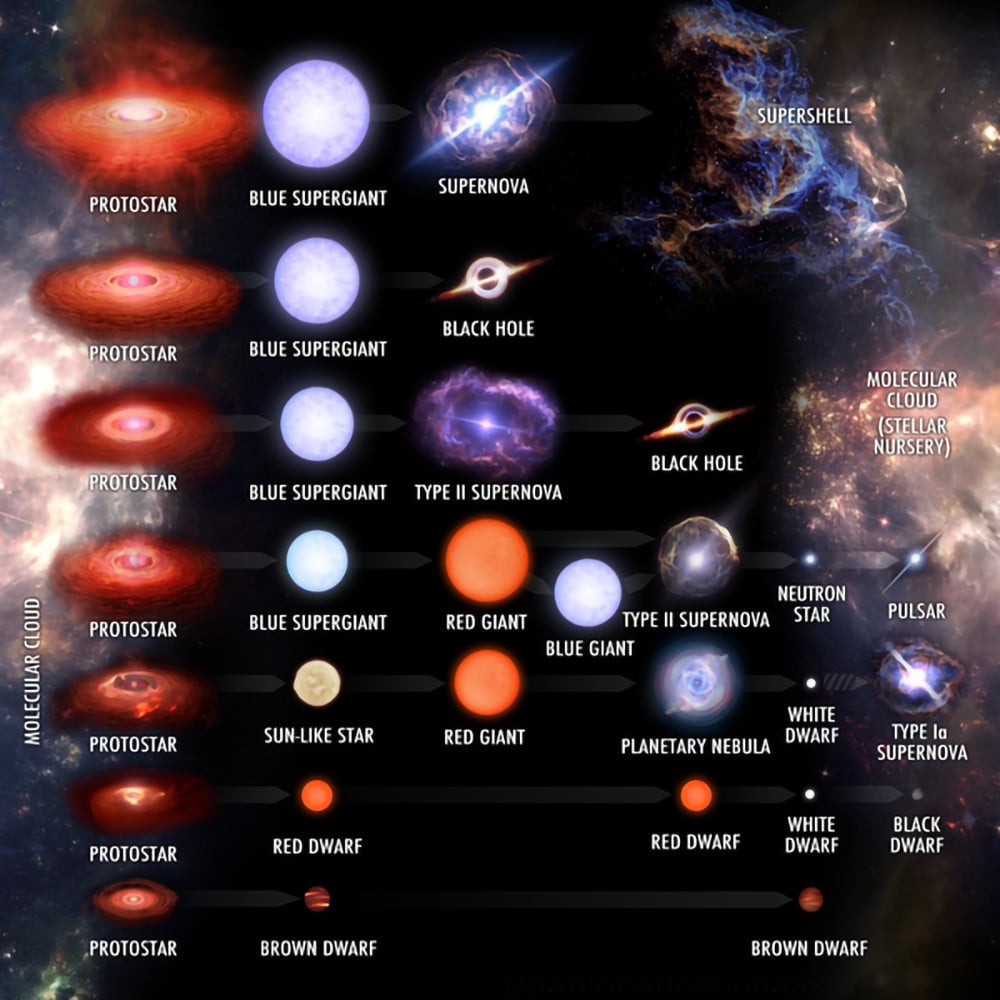
However, as these massive stars exhaust their nuclear fuel, they transform. They begin to expand and turn into red supergiants, eventually reaching sizes so vast that, if our Sun were of comparable size, it would swallow the planets in our solar system from Mercury to Jupiter!
It is commonly noted that, when a star nears the conclusion of its life cycle, its core contracts, ejecting a surge of neutrinos. These elementary particles do not interact with other particles and typically pass through matter unimpeded. They are produced in significant quantities when the core collapses, generating enough force to expel the star’s outer layers, resulting in a massive supernova explosion.
The Red Supergiant
A red giant emerges when a star nears the end of its life cycle, after depleting the hydrogen fuel it needs for nuclear fusion. This transition marks the beginning of the star’s decline and eventual transformation.
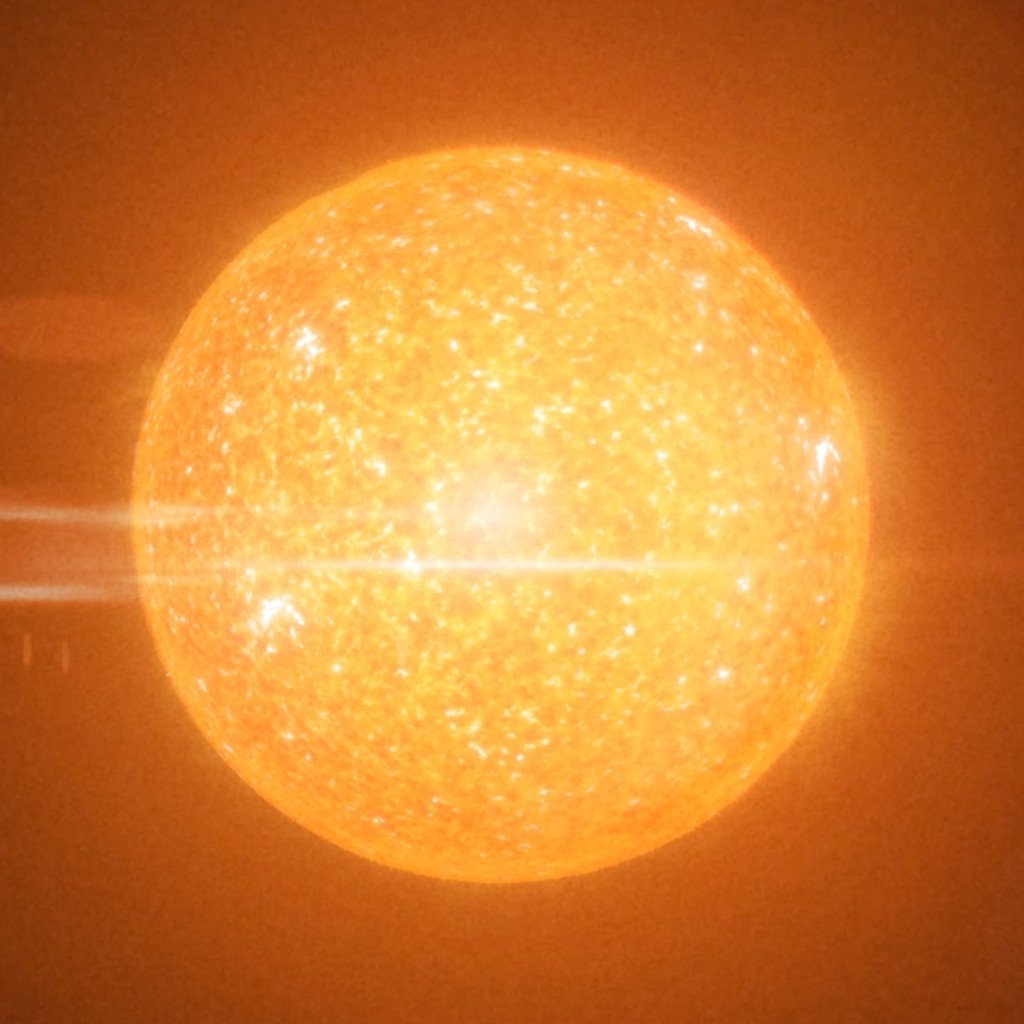
Astronomers have witnessed multiple supernova bursts occurring in extragalactic locations, typically in areas rich with massive stars, like spiral arms. Consequently, the common belief is that the majority of stars born with a mass exceeding eight times that of our Sun will culminate in supernova explosions.
Nevertheless, over the decades, scientists working on theoretical models have encountered challenges when attempting to reproduce the explosions of such massive stars using computer simulations.
A discrepancy between observations and theoretical models in the field of astrophysics is not uncommon, but it can be frustrating. Researchers have often attributed the problem to limitations in modeling the extreme conditions within these massive stars.
Evidence From Autopsies
In recent years, advancements in observational astronomy have provided crucial insights for experts. Astronomers have conducted “stellar autopsies,” that examine galaxies’ pre-explosion images to identify which star led to a supernova. Surprisingly, most of the stars that went supernova were red supergiants.
However, these red supergiants did not cover the full mass range from 8 to 30 solar masses, raising an odd issue referred to as the “red supergiant problem.”
Evidence suggested that only lower-mass red supergiants go supernova, while higher-mass ones experience core collapse, ultimately forming black holes. The dividing line appears to be around 17 to 19 solar masses, although it may vary within this small range.
Carbon’s Role In A Star’s Life
As with all the celestial bodies in the universe, the ultimate factor that determines the fate of a massive star is its birth mass. The way carbon burns in the star’s core is critical in determining whether the star will explode or collapse. When carbon burns, it generates high-energy photons, which can produce neutrinos and antineutrinos when the photons interact, leading to neutrino losses that weaken the star’s ability to resist gravity.
For lower-mass red supergiants, carbon burns convectively (heat transfers through the movement of a fluid), with rising and falling pockets of gas ferrying heat away from the core.
This leads to prolonged stages of the star’s evolution and significant neutrino losses. When the core eventually collapses, the outer layers are ejected, resulting in a supernova explosion.
In contrast, higher-mass red supergiants experience non-convective carbon burning, which reduces neutrino losses and leads to a more extended core with dense material around it. When the core collapses, the explosion is thwarted, and the star implodes, giving rise to a black hole instead of a spectacular supernova.
The Case Of Betelgeuse
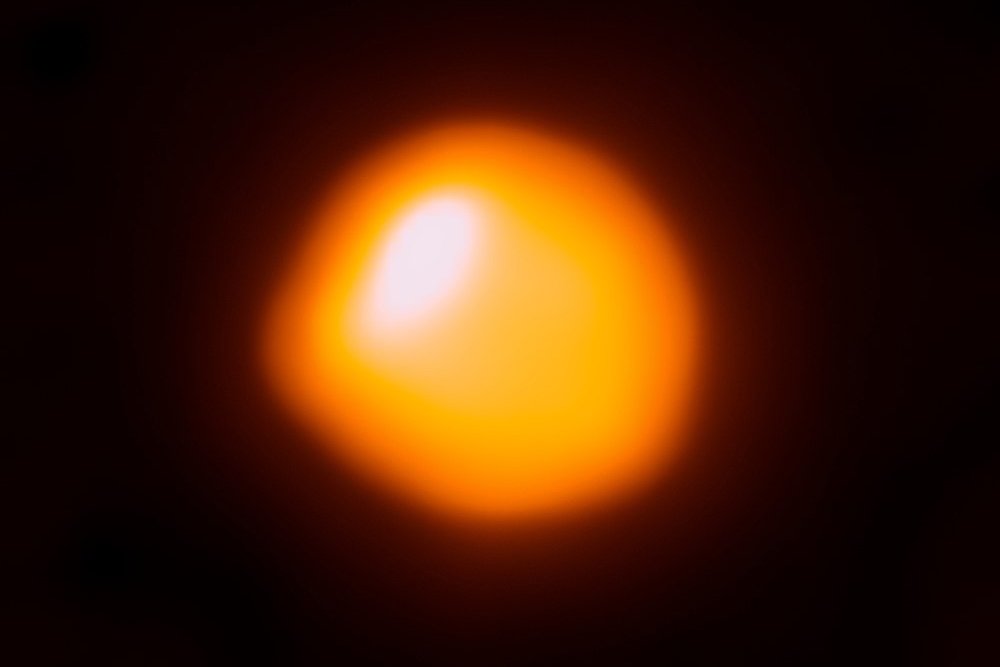
One of the most prominent red supergiants in our night sky, Betelgeuse, has long been expected to explode in a brilliant supernova. However, its fate remains uncertain. Depending on the star’s actual birth mass, Betelgeuse may produce a dazzling supernova, rather than a black hole. Based on its mass, it’s likely that a neutron star could also be formed, as stars below 20 times the mass of the sun cannot collapse into a black hole.
Summing It All Up
The universe is a place of constant celestial performances. While most massive stars conclude their lives with a spectacular supernova, some massive stars much larger than our Sun form black holes instead. As scientists continue to study the complexities of these celestial bodies, the lives and deaths of stars become far more intriguing.
In the cosmos, where stars are born, lead their lives, and eventually fade away, the universe continues to surprise us with intricate phenomena of stellar birth, life, and death. As scientists explore these celestial bodies’ mysteries, collective fascination with the enigmatic nature of stars only deepens. The universe, with its vast and secretive emptiness, promises countless more discoveries and revelations in the future.

